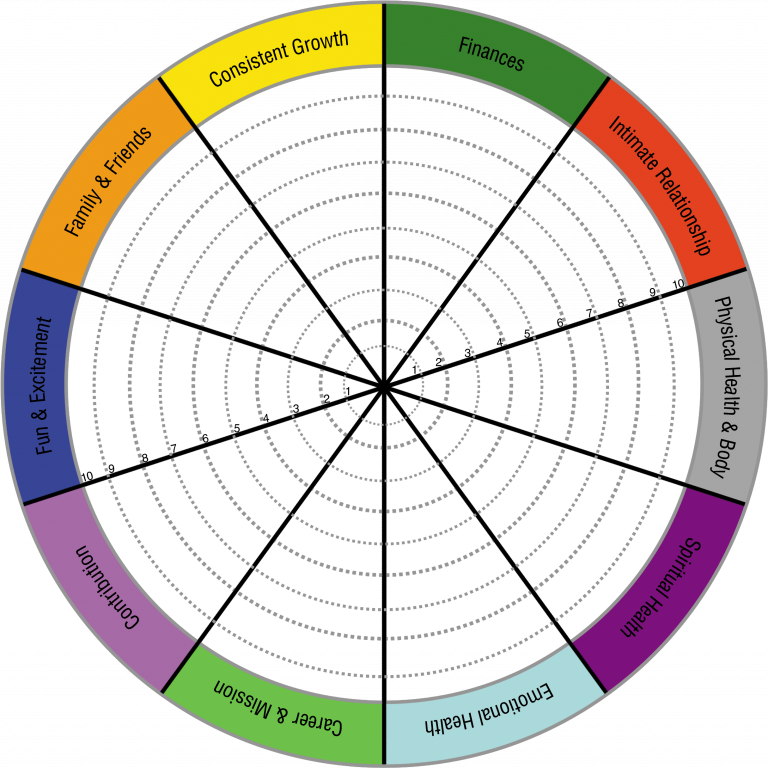The language in which we communicate shapes our way of thinking, emotional responses, and behavioral acts. Experienced Neuro-Linguistic Programming (NLP) practitioners demonstrate a thorough understanding of these subjects. Professional NLP practitioners use language to assist people change their mental perspectives, quit bad habits, and achieve long-term transformation.
What Is NLP?
Neuro-Linguistic Programming is a psychological method that arose in the 1970s. NLP works by understanding that language, both internal and external, creates distinct cognitive perspectives of reality.
In short:
- Neuro refers to the brain and nervous system.
- Linguistic is about language and communication.
- Programming means the patterns we follow—many unconsciously.
NLP practitioners help people identify and change unhelpful patterns using techniques that work with the brain’s natural language and learning systems.
Why Language Is a Powerful Tool
We talk to ourselves constantly, internally and externally. This inner voice guides how we feel, what we expect, and what actions we take. Saying “I always mess up” vs. “I’m still learning” creates two very different emotional reactions. The first shuts down growth.
The second leaves room for improvement. NLP practitioners tune into these phrases, identify harmful patterns, and help rewire them.
Key Language Techniques NLP Practitioners Use
Here are some of the most effective tools:
Reframing
This involves changing the way a person sees a situation by shifting the language around it. Instead of “I failed,” say “I found a way that didn’t work.” Think of a recent challenge. Now describe it using the words “learning experience” instead of “failure.” How does that feel?
Anchoring Positive States
Practitioners help clients connect specific words or phrases to strong emotional states (like calm or confidence). Later, these can be triggered on command.
Mirroring and Pacing
This builds rapport. Practitioners subtly match a person’s tone, body language, or words to build trust and guide them into more helpful thought patterns.
Language Patterns
NLP uses specific sentence structures (based on Milton Erickson’s hypnosis work) to bypass mental resistance. For example, using permissive phrases like “You might begin to notice…” opens the mind to change.
Meet Christina Steinhoff, Mindset Coach and NLP Practitioner
Christina Steinhoff, founder of The COS Coaching, is a Certified NLP master Practitioner who specializes in helping ambitious people find peace within themselves. Christina understands how language, mindset, and personal narrative all play key roles in shaping success.
Her approach is direct and grounded:
- She teaches clients how to change the language they use when talking to themselves.
- She blends NLP tools with mindset coaching to help people find clarity, reduce stress, and move forward with confidence.
If you’re looking for practical, human-centered guidance, she’s a solid choice.
Conclusion
Language is more than just communication. It is a tool for transformation. NLP practitioners comprehend this pattern and work to obtain the desired results. Want to watch NLP in action? You can learn about COS Coaching by following Christina Steinhoff’s activities.


